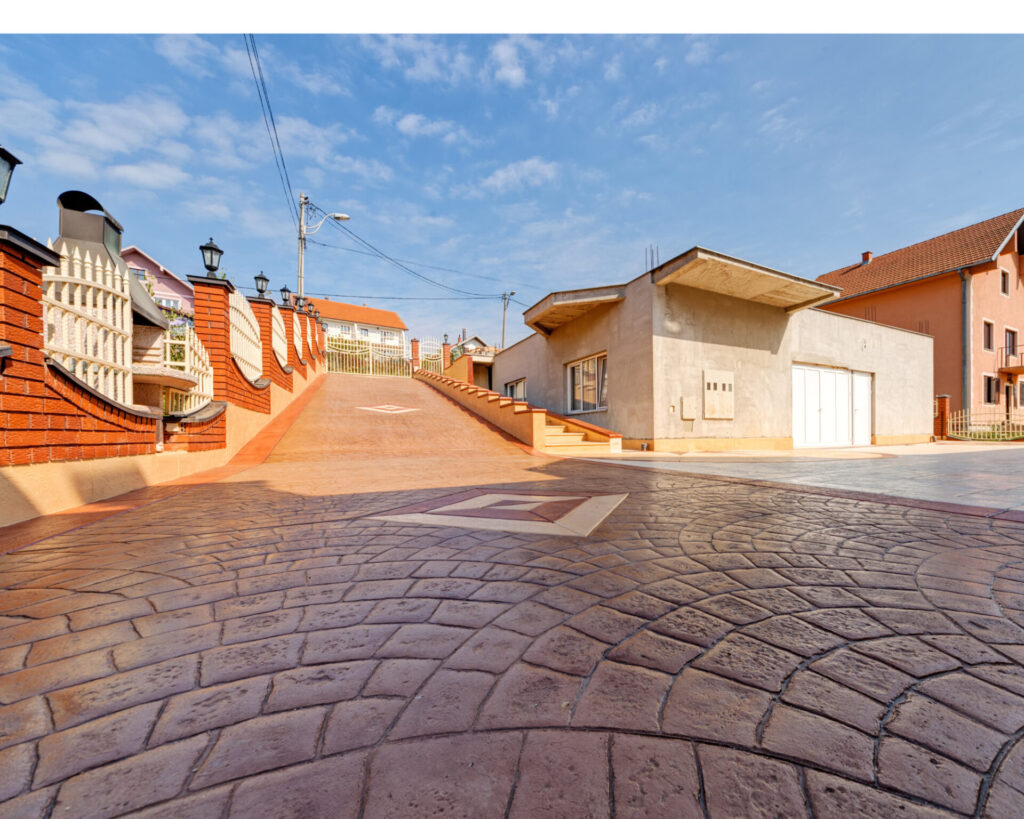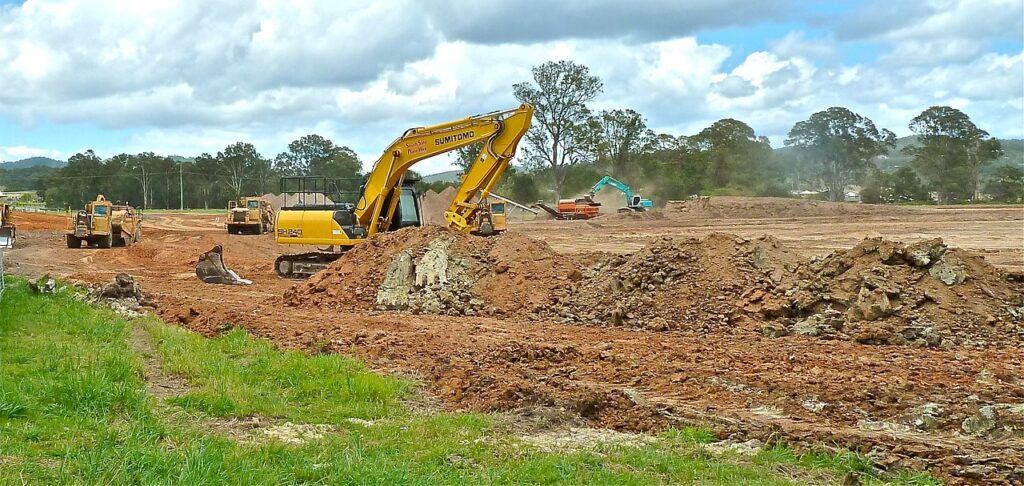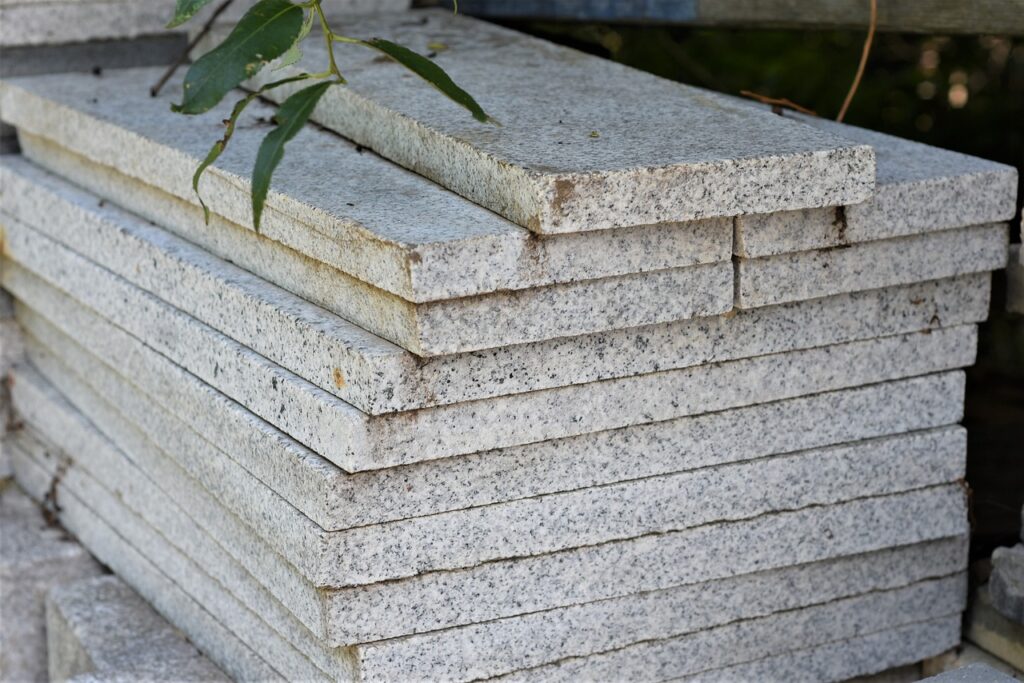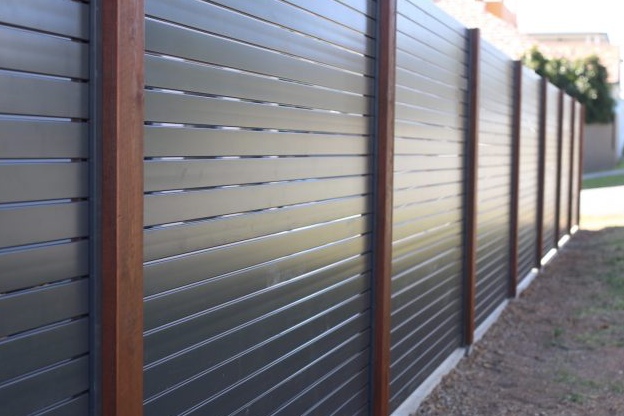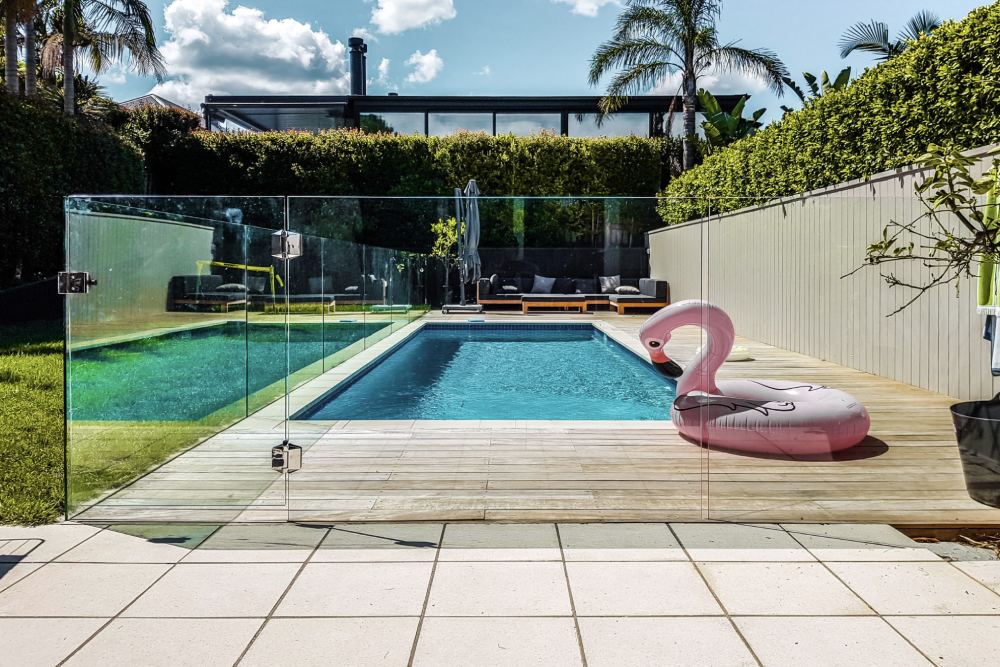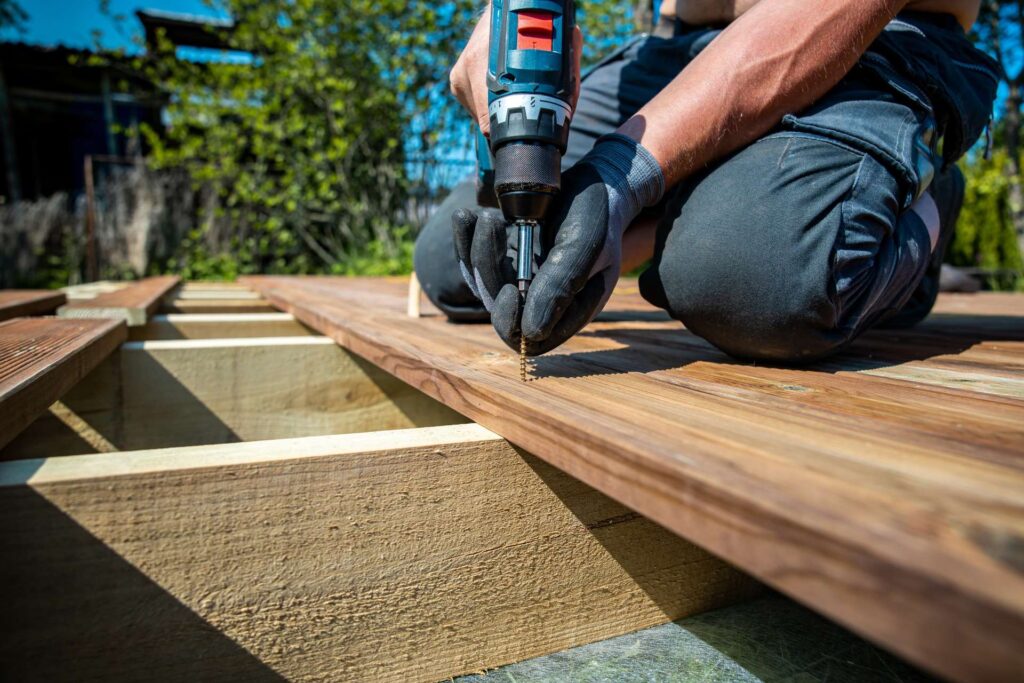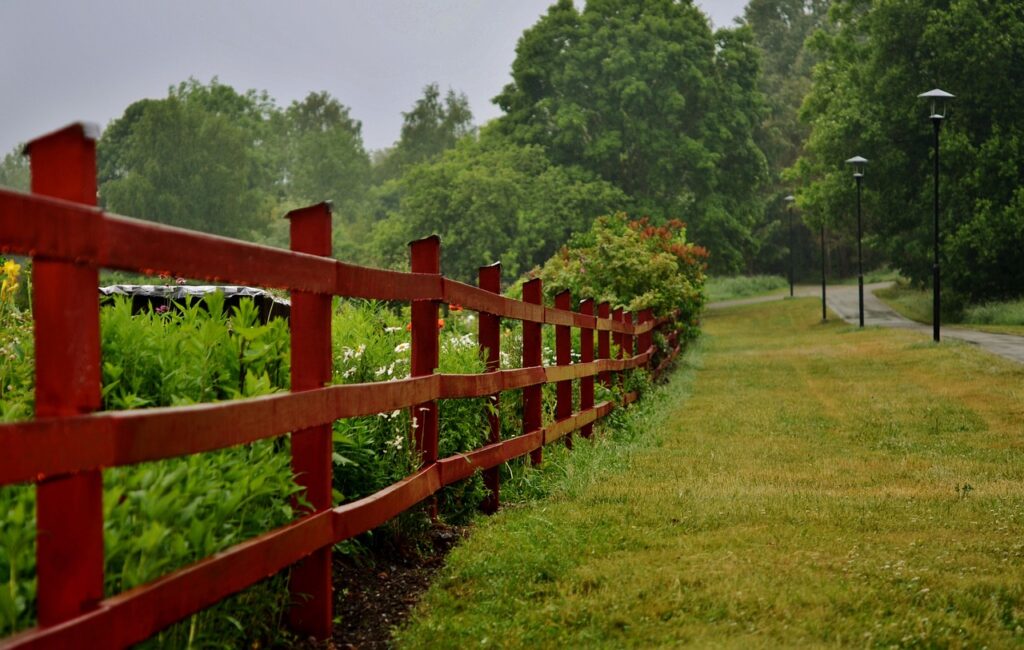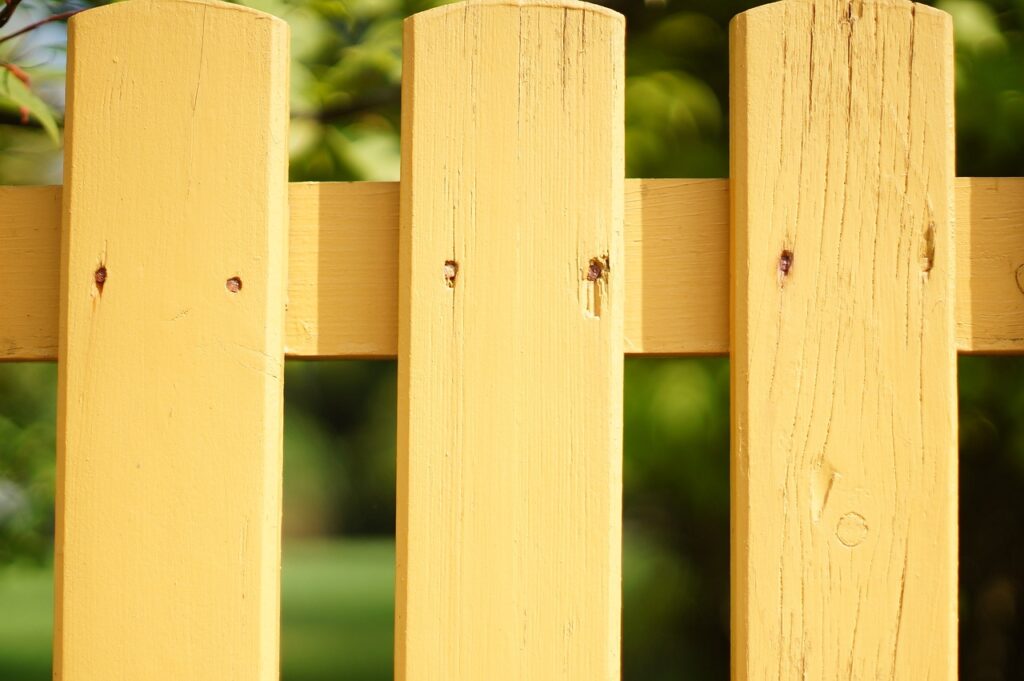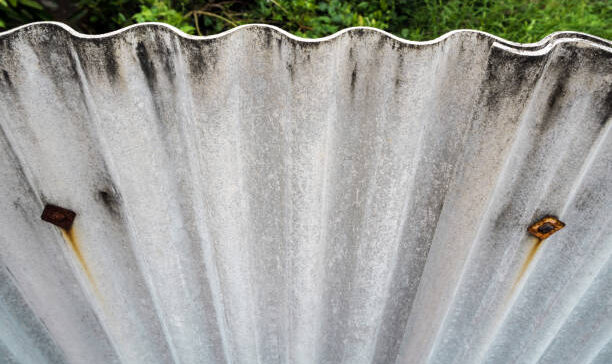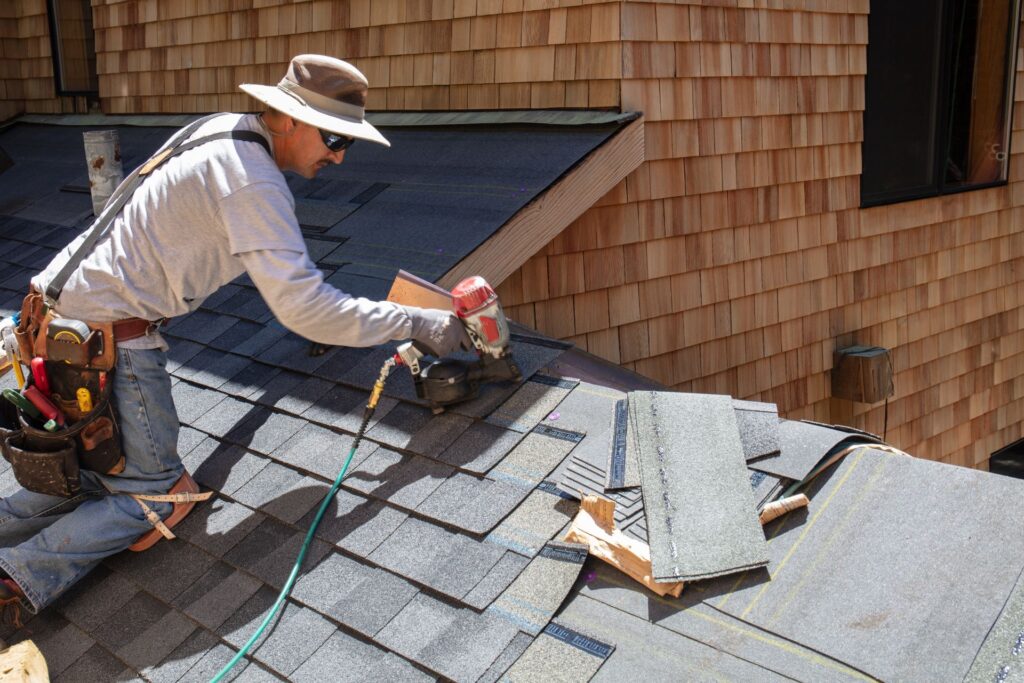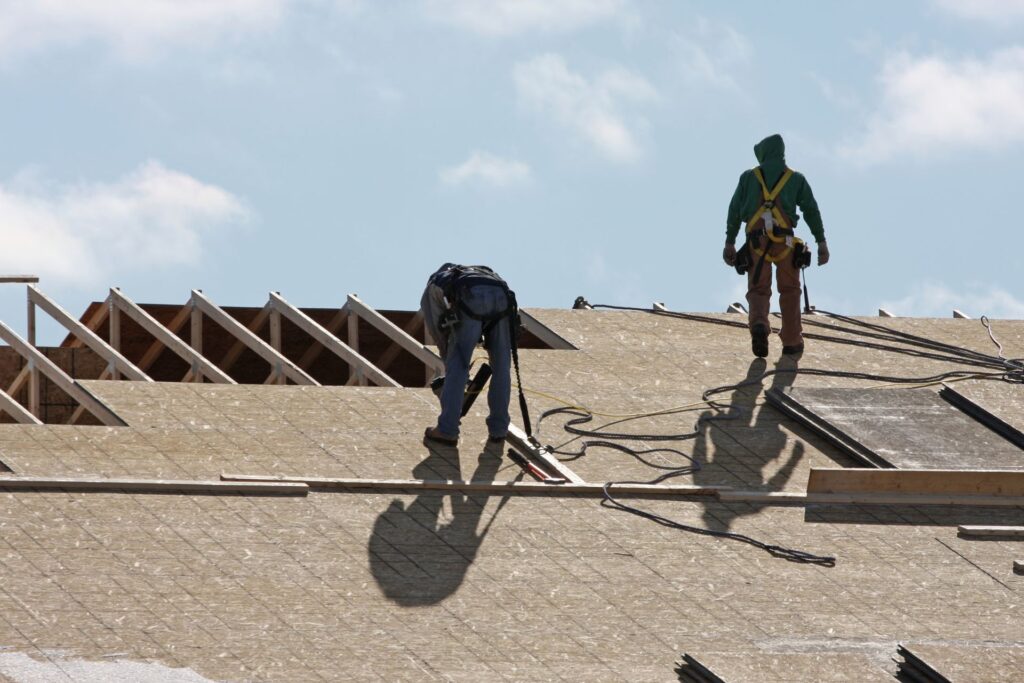Free Online Stamped Concrete Cost Calculator NZ
Total Estimated Cost: NZD $0.00

Welcome to your ultimate guide on stamped concrete cost calculators in New Zealand! If you’re dreaming of a stylish outdoor space but worried about the potential costs, you’ve come to the right place. Stamped concrete has become a popular choice for Kiwis looking to enhance their patios, driveways, and pool decks with an affordable yet stunning option that mimics natural stone, brick, or wood. However, budgeting for this type of project can feel overwhelming without the right tools and information. In this blog, we’ll break down everything you need to know about stamped concrete costs in NZ, how to use a cost calculator to estimate your project, and the various factors that impact pricing, so you can plan confidently and bring your outdoor vision to life.
A stamped concrete cost calculator in NZ helps estimate the expenses of installing stamped concrete by taking into account factors such as project size, design complexity, material choices, and local labor rates. This tool provides a rough budget, making it easier to plan for patios, driveways, or walkways without overspending.
- Free Online Stamped Concrete Cost Calculator NZ
- What is Stamped Concrete
- Benefits of Stamped Concrete
- Why Kiwis Love Stamped Concrete
- Size and Scale of the Project
- Complexity of the Design
- Thickness and Base Preparation
- Materials and Finishes
- Labor Costs in NZ
- Permits and Council Regulations
- Step-by-Step Guide to Using a Stamped Concrete Cost Calculator
- Understanding the Results: What the Estimated Cost Really Means
- Tips for Getting a More Accurate Estimate
- Comparing Multiple Quotes: Why It’s Important
- Driveways
- Patios
- Pathways/Walkways
- Pool Decks and Outdoor Entertainment Areas
- Keep the Design Simple
- DIY vs. Professional Installation
- Timing and Seasonality
- Bundling Projects
- What to Look for in a Contractor
- Questions to Ask
- Checking References

What Is Stamped Concrete And Why Is It Popular in NZ
What is Stamped Concrete
Stamped concrete is a versatile and innovative method for transforming ordinary concrete surfaces into visually appealing designs that mimic the appearance of more expensive materials like stone, brick, slate, or even wood. The process involves pressing molds, or “stamps,” into freshly poured concrete to create a textured surface that resembles natural building materials. This technique can replicate various styles and textures, making it a popular choice for enhancing the look of outdoor spaces like patios, walkways, driveways, and pool decks.
What sets stamped concrete apart is the vast array of design options available. Homeowners can choose from a wide range of patterns and textures, including cobblestone, flagstone, and wood grain. Additionally, a variety of colors can be applied to the concrete, giving it a more realistic and custom look. This flexibility allows for a personalized finish that complements the architectural style of the home, creating a cohesive and attractive outdoor space.
Benefits of Stamped Concrete
- Affordability: One of the main reasons stamped concrete is gaining popularity in New Zealand is its cost-effectiveness. When compared to traditional paving materials like natural stone, bricks, or wood, stamped concrete offers a more affordable option without sacrificing visual appeal. The cost of sourcing and installing natural materials can quickly add up, but stamped concrete allows homeowners to achieve a similar aesthetic for a fraction of the price. This makes it an ideal choice for homeowners looking to enhance their outdoor spaces on a budget.
- Durability: New Zealand’s diverse climate demands outdoor materials that can stand up to a wide range of weather conditions. From the rainy, temperate zones of the North Island to the frosty winters of the South Island, stamped concrete is designed to withstand it all. Unlike natural stone, which may crack or shift over time, stamped concrete is highly durable and can endure heavy use and exposure to the elements without significant wear and tear. When properly sealed, it can resist moisture, UV rays, and even frost, making it a reliable option for New Zealand’s ever-changing weather.
- Aesthetic Appeal: Aesthetics play a huge role in the decision-making process for outdoor renovations. Stamped concrete enhances the visual appeal of outdoor spaces by providing a sleek and elegant finish that rivals that of more expensive materials. Whether you’re looking to spruce up a patio, driveway, or pool deck, stamped concrete can elevate the look of your home’s exterior, adding sophistication and charm. With the ability to mimic different textures and materials, it offers a versatile solution that fits into various design schemes, making it a favorite among homeowners who want to boost their curb appeal.
- Low Maintenance: For homeowners who prefer to spend more time enjoying their outdoor spaces rather than maintaining them, stamped concrete is an attractive option. Unlike natural stone or wood, which may require regular sealing, staining, or weeding between pavers, stamped concrete is relatively low maintenance. Once sealed, it becomes resistant to stains, dirt, and other environmental factors. Cleaning usually requires little more than occasional sweeping and washing down with water. This ease of care, combined with its durability, makes stamped concrete a long-lasting, hassle-free choice for outdoor surfaces.
Why Kiwis Love Stamped Concrete
New Zealanders have a deep appreciation for the outdoors, and their homes often reflect this passion. Alfresco dining and outdoor entertaining are key aspects of Kiwi living, and creating functional yet stylish outdoor spaces is a priority for many. Stamped concrete fits seamlessly into this lifestyle by offering a practical, durable, and visually appealing solution for creating outdoor areas that are perfect for hosting gatherings or simply relaxing in nature.
Current design trends in New Zealand often lean towards modern, minimalist aesthetics that blend seamlessly with the natural environment. Stamped concrete’s ability to mimic the appearance of natural materials like stone or wood makes it a natural fit for these trends. It allows homeowners to incorporate the beauty of these materials into their designs without the high costs associated with them. Additionally, the ability to customize patterns and colors means that stamped concrete can be tailored to reflect individual tastes and complement the surrounding landscape.
Stamped concrete is gaining popularity in New Zealand for a good reason. It offers an affordable, durable, and aesthetically pleasing alternative to more expensive paving materials while requiring less maintenance. For Kiwis who value outdoor living and entertaining, stamped concrete provides the perfect solution for creating beautiful, functional, and long-lasting outdoor spaces. Whether you’re designing a patio, driveway, or pool deck, stamped concrete offers the flexibility to achieve the look and feel you desire while standing up to New Zealand’s unique climate.

Factors That Influence Stamped Concrete Costs In NZ
When considering stamped concrete for your outdoor space in New Zealand, it’s important to understand the factors that contribute to the overall cost of the project. Stamped concrete is a durable and aesthetically pleasing option for patios, driveways, and walkways, but costs can vary based on several key factors. Let’s break down these factors to help you understand what might influence the pricing of your stamped concrete project.
Size and Scale of the Project
The size of your project is one of the most significant factors influencing the cost of stamped concrete in New Zealand. The larger the area, the more concrete, labor, and time are required, which directly increases the overall price.
For example, a typical patio in NZ homes might range between 10 to 30 square meters, while a driveway could be much larger, ranging from 30 to 100 square meters or more. Smaller walkways, on the other hand, may only require 5 to 15 square meters of concrete. The overall square meterage will impact the cost as suppliers often charge per square meter. In general, the larger the project, the lower the per square meter rate might be, as contractors often offer volume discounts for larger jobs.
Complexity of the Design
Another major factor that influences the cost of stamped concrete is the complexity of the design. If you are opting for a basic stamped pattern with one or two colors, the cost will be on the lower side. However, more intricate designs with multiple colors, borders, or unique patterns will require more labor and materials, which can significantly increase the price.
For example, a simple brick or cobblestone pattern may cost less than an elaborate slate or custom-designed pattern that requires special stamping tools or additional coloring techniques. The complexity of the design also affects the level of expertise needed from the contractors, which can lead to higher labor costs due to the skill and time required to achieve the desired result.
Thickness and Base Preparation
The required thickness of the concrete slab is another critical factor that can affect the overall cost. The thickness needed depends on the type of project you’re undertaking. For instance, driveways need to be thicker than patios or walkways to withstand the weight of vehicles. In New Zealand, driveways typically require a concrete slab thickness of at least 100mm, while patios and walkways might only need around 75mm to 100mm, depending on usage.
Additionally, the condition of the existing ground can impact costs. If the ground is uneven or requires significant preparation work, such as excavation, leveling, or adding a base layer of gravel or sand, this can add to both the material and labor costs. Ensuring proper base preparation is crucial for the longevity of the stamped concrete, as it helps prevent future cracking or shifting.
Materials and Finishes
The type of materials and finishes you choose for your stamped concrete project also play a significant role in determining the final cost. Standard concrete tends to be the most cost-effective option, but there are premium finishes available that can enhance the appearance and durability of your concrete, often at a higher price.
For instance, using colored concrete, adding texture, or incorporating high-end sealants and protective coatings can increase costs. Sealants are essential for protecting the concrete from wear, weather, and stains. Opting for higher-quality sealants or additional coatings can prolong the life of your stamped concrete, but they come with a higher upfront cost.
Labor Costs in NZ
Labor costs in New Zealand can vary depending on the region and the complexity of the project. Larger cities like Auckland or Wellington typically have higher labor rates compared to smaller regions such as Christchurch or Dunedin. In general, labor costs in the concrete industry in NZ range from $60 to $120 per hour, depending on the contractor’s experience and the scope of the work.
Since labor is one of the largest components of stamped concrete costs, regional differences can have a significant impact on your overall budget. Additionally, more intricate designs and larger projects will require more time and skilled labor, further increasing labor expenses.
Permits and Council Regulations
In some cases, stamped concrete projects may require council approvals or permits, especially for larger outdoor constructions such as driveways or significant patio areas. The cost and complexity of obtaining these permits can vary depending on your location in New Zealand. In regions with stricter building regulations, permit fees and the time needed to acquire approval can add to the overall project cost. It’s essential to check with your local council to understand any potential requirements before beginning your project.
By considering these factors size, design complexity, thickness, materials, labor, and permits you can better estimate the cost of stamped concrete for your project in New Zealand. Each of these elements plays a crucial role in determining the overall budget, and being aware of them helps ensure that you make informed decisions tailored to your specific needs.
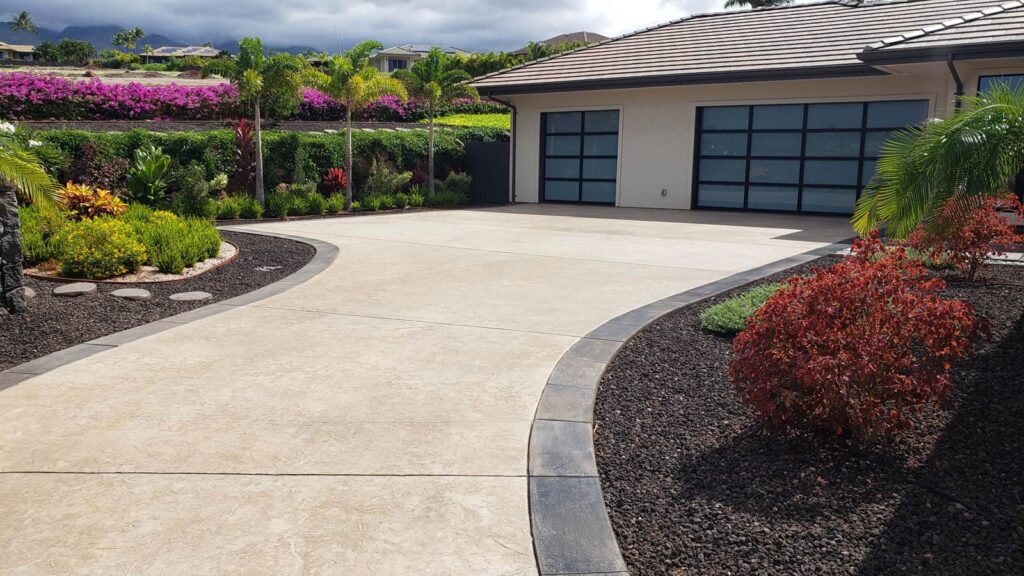
How To Use A Stamped Concrete Cost Calculator
Stamped concrete is a popular choice for homeowners and businesses looking to enhance the aesthetic appeal of their outdoor spaces. However, before diving into any project, it’s crucial to have an accurate estimate of the costs involved. A stamped concrete cost calculator can be a handy tool to help you get a rough idea of your expenses. Below is a detailed, easy-to-follow guide on how to effectively use this tool and interpret its results.
Step-by-Step Guide to Using a Stamped Concrete Cost Calculator
Using a stamped concrete cost calculator is a straightforward process that can give you a ballpark figure for your project. Here’s a step-by-step guide to help you navigate it.
- Input the Area Size: Start by entering the size of the area where you plan to install the stamped concrete. This could be in square feet or square meters, depending on the calculator. Accurately measuring your space is crucial for getting the most precise estimate. For example, if you want to install stamped concrete in a 500-square-foot patio, you would enter “500” into the area field.
- Select the Design Type: Stamped concrete comes in a variety of patterns and textures, from brick and stone imitations to more intricate designs. The design you choose will significantly affect the cost. Simpler patterns tend to be less expensive, while more elaborate designs can add to the overall price. For instance, choosing a basic slate design might be more affordable compared to a detailed wood plank design.
- Choose the Color: Many stamped concrete cost calculators allow you to select the color for your project. The color choice can also impact the cost, with standard colors being more economical than custom or multi-color designs.
- Input Thickness and Reinforcement Needs: Depending on the location and use of the stamped concrete, the thickness of the concrete slab may vary. Thicker slabs are more expensive due to the additional materials needed. Similarly, reinforcement options like rebar or wire mesh will increase the cost but are essential for durability in certain areas.
- Additional Features: Some calculators allow for optional features such as adding a sealant or including costs for labor and site preparation. These additional features will provide a more comprehensive estimate, so it’s worth inputting them if applicable.
- Review the Estimate: Once all the inputs are entered, the calculator will generate an estimated cost for your project. This can give you a quick sense of whether your stamped concrete project is within your budget.
Understanding the Results: What the Estimated Cost Really Means
The estimated cost provided by a stamped concrete calculator is a great starting point, but it’s essential to remember that it’s just an estimate. This figure is typically a rough calculation based on average material costs and labor rates. The final price can vary based on several factors.
- Location: Labor costs fluctuate depending on your geographic location. Cities with higher living costs may have more expensive contractors, whereas rural areas might offer more affordable rates.
- Complexity of Design: The more detailed and intricate the design, the more time and effort will be required to complete it, driving up labor costs.
- Site Conditions: If your site needs additional preparation, such as grading or removal of an old concrete slab, this will add to the overall cost.
While the calculator gives you an idea of what to expect, be mindful that unforeseen variables may cause the actual cost to differ. To get the most accurate results, be as specific as possible with your inputs. For instance, if you know your area has a high cost of living, adjust the labor rate accordingly.
Tips for Getting a More Accurate Estimate
Here are some tips to ensure you get the most accurate results from your stamped concrete cost calculator.
- Be Specific with Design Choices: Instead of choosing a general design option, narrow down your choice to the exact pattern and color you want. This specificity can give you a more accurate estimate.
- Factor in Local Labor Rates: Labor rates vary by region, so using a national average might not reflect your true cost. Research local labor costs and input them into the calculator when possible.
- Consider All Costs: Don’t forget to include all potential expenses, such as sealing, reinforcement, and site preparation. Including these upfront will give you a more realistic estimate.
Comparing Multiple Quotes: Why It’s Important
While a stamped concrete cost calculator is a useful tool, it should be just the beginning of your budgeting process. After using the calculator, it’s a good idea to reach out to several local contractors to get quotes specific to your project. Here’s why.
- Accuracy: Contractors will assess your site, account for local material and labor costs, and provide a precise quote.
- Variations in Labor: Not all contractors charge the same rates, and there can be significant differences based on their experience, reputation, and workload.
- Customization: Contractors may offer customized solutions or upgrades that can alter your initial estimate. They can also give you ideas that you might not have considered when using the calculator.
By gathering multiple quotes, you can compare prices and services, ensuring you get the best value for your investment. You might find that one contractor offers a better deal or includes additional services that another doesn’t.
A stamped concrete cost calculator is a helpful tool for getting a rough estimate of your project’s cost, but it’s only part of the equation. For the most accurate results, input specific details like design type and local labor rates. Use the calculator as a guide, then follow up by requesting quotes from local contractors. This two-step approach will give you a clearer picture of the true cost and help you plan your project with confidence.
By taking these steps, you’ll be better equipped to make informed decisions, ensuring that your stamped concrete project stays within budget while delivering the look you desire.

Stamped Concrete Cost Estimates For Common Projects In NZ
Stamped concrete is a popular choice for homeowners across New Zealand, offering the durability of concrete with the aesthetic appeal of various designs and textures. Whether you’re considering a driveway, patio, walkway, or pool deck, the costs can vary based on the project size, complexity, and desired finish. Below, we break down some typical stamped concrete cost estimates for common outdoor projects in NZ.
Driveways
When it comes to installing a stamped concrete driveway in New Zealand, the size of the area and the level of detail in the design significantly impact the price. On average, the cost for stamped concrete driveways can range from $110 to $150 per square meter, including both materials and labor. A typical residential driveway is around 50 to 70 square meters, which would bring the total cost to somewhere between $5,500 and $10,500.
Several factors can influence the final price, such as:
- Design complexity: Simple patterns cost less, while intricate designs or custom textures can push the price higher.
- Labor rates: The cost of labor in your area may vary, especially in regions where contractors are in higher demand.
Patios
Stamped concrete patios are an excellent way to enhance your outdoor living space, offering versatility in both size and design. The cost for a stamped concrete patio typically falls between $120 and $170 per square meter, slightly higher than driveways due to the increased intricacy in design and finishing options.
For example, a 25-square-meter patio could range from $3,000 to $4,250, depending on.
- Design options: Basic brick or stone patterns tend to be more affordable, while designs like wood plank stamps or custom coloring can increase the price.
- Additional features: Elements like borders, multiple colors, or special sealing treatments add to the overall cost.
Pathways/Walkways
Smaller projects, like stamped concrete pathways or walkways, are generally more straightforward and less expensive than larger areas like driveways or patios. The cost typically ranges from $100 to $140 per square meter, with straightforward installations often being less labor-intensive.
For a 10-square-meter walkway, you can expect the price to fall between $1,000 and $1,400. If you’re opting for simpler designs, such as stone or cobblestone patterns, the pricing remains within the lower end of this range. However, if you’re considering more elaborate patterns or curves, the cost may increase due to the extra labor required.
Pool Decks and Outdoor Entertainment Areas
Stamped concrete is an excellent option for pool decks and outdoor entertainment areas, providing a slip-resistant surface with a stylish finish. Since safety is a concern around pools, many homeowners opt for additional features such as textured finishes or specialized sealants, which can drive up the cost.
For these larger and more detailed spaces, you can expect the cost to range from $130 to $180 per square meter. If you’re covering a pool deck area of 50 square meters, the estimated cost would fall between $6,500 and $9,000.
Considerations for pool decks include:
- Slip-resistant finishes: These are essential for safety around wet areas, typically adding $10 to $20 per square meter.
- Outdoor entertainment spaces: Large areas with custom patterns or designs, such as borders or multi-colored finishes, will increase the cost compared to more straightforward installations.
Stamped concrete is a versatile and long-lasting solution for many outdoor projects in New Zealand. While the prices vary depending on the size, complexity, and design choices, this guide provides a general estimate to help you budget for your next project. For the most accurate pricing, it’s always a good idea to get a few quotes from local contractors who can assess the specifics of your project.

How To Save On Stamped Concrete Costs In NZ
Stamped concrete can be an attractive and durable option for your outdoor spaces, but it doesn’t have to break the bank. Here are some practical tips to help you save on your stamped concrete costs in New Zealand, without sacrificing quality.
Keep the Design Simple
One of the most effective ways to reduce the cost of stamped concrete is by choosing simpler designs. While intricate patterns and custom colors can add a unique touch, they also significantly increase the overall price. Opting for standard patterns and colors not only saves money but also speeds up the installation process. Popular and cost-effective choices include basic stone, brick, or tile patterns, which still offer a beautiful finish while being less labor-intensive for the contractor.
Remember, simplicity can often create a timeless look that blends well with your surroundings, and fewer customizations mean fewer chances for error and additional costs. So, if you’re on a budget, sticking with tried-and-true designs is a smart move.
DIY vs. Professional Installation
When it comes to stamped concrete, the debate between DIY and professional installation is common. While doing the work yourself may seem like a cost-saving option, it’s important to weigh the pros and cons carefully.
- DIY Installation: Doing it yourself can cut labor costs significantly. If you have some experience with concrete work and access to the right tools, this might be an option worth considering. However, it’s crucial to recognize the risks. Mistakes during the installation can lead to costly repairs, which could ultimately exceed the price of hiring a professional from the start. Properly stamping concrete requires skill, timing, and attention to detail, and the margin for error can be quite small.
- Professional Installation: On the other hand, hiring professionals comes with added security. Experienced contractors bring expertise, specialized equipment, and knowledge of local conditions, ensuring the job is done right the first time. Though the upfront cost is higher, it often results in long-term savings by avoiding future repairs or replacements. Additionally, many contractors offer warranties, giving you peace of mind.
In the end, the choice depends on your budget, skill level, and the complexity of your project. If you’re aiming for a flawless, durable finish, investing in professional help might be the better route.
Timing and Seasonality
Timing is everything when it comes to saving on stamped concrete costs. In New Zealand, contractors are usually busiest during the warmer months, particularly in summer, when demand for outdoor projects peaks. This can drive up prices due to high demand.
If you plan your project during the off-season, typically autumn or early spring, you might be able to secure lower rates. During these slower periods, contractors are often more flexible with their pricing as they seek to fill their schedules. You may also experience quicker project completion times, as crews aren’t as stretched across multiple jobs.
However, it’s important to avoid the extreme ends of the weather spectrum—both in terms of heat and cold—as these conditions can affect concrete installation and curing.
Bundling Projects
Another strategic way to save on costs is by bundling multiple outdoor projects together. For example, if you’re planning to install both a stamped concrete driveway and a patio, it can be cost-effective to have them done at the same time.
By bundling projects, you may be able to negotiate better rates with your contractor. This is because the contractor can reduce mobilization costs—such as transporting equipment and materials—and streamline labor across the projects. Additionally, working with the same contractor for multiple projects often leads to a stronger relationship, where they may be more willing to offer discounts or favorable terms to secure your business.
Before bundling, ensure you have a clear vision for all your projects and that they complement each other in terms of design and functionality. This way, you maximize your investment while creating a cohesive outdoor space.
By applying these cost-saving strategies keeping designs simple, carefully considering DIY versus professional installation, timing your project smartly, and bundling projects you can significantly reduce your stamped concrete costs in New Zealand. Ultimately, the key is to balance your budget with your desired outcome, ensuring you get a beautiful, durable, and affordable finish for your outdoor spaces.

Finding the Right Contractor in NZ
Hiring the right contractor is one of the most important steps in ensuring the success of your stamped concrete project. When it comes to finding a reliable contractor in New Zealand, it’s essential to do your homework and ask the right questions. Here’s a comprehensive guide to help you choose the best professional for the job.
What to Look for in a Contractor
When selecting a stamped concrete contractor, certain key factors can help you determine their reliability and skill. Here’s a checklist of qualities and credentials you should prioritize.
- Experience: Look for contractors with extensive experience specifically in stamped concrete. The more years of experience, the more likely they have encountered and resolved various project challenges. Experienced contractors will know how to handle different conditions, ensure quality work, and offer creative design solutions.
- Portfolio of Past Work: Always ask to see a contractor’s portfolio. This provides insight into the quality of their previous jobs and showcases their range of skills and design capabilities. You can assess whether their style aligns with your vision and get a sense of their craftsmanship.
- Customer Reviews: Check online reviews and testimonials from previous clients. Look for consistent positive feedback, especially regarding timeliness, professionalism, and the quality of work. Negative reviews can also reveal potential red flags, such as poor communication or subpar results.
- Licensing and Insurance: Verify that the contractor is properly licensed to operate in New Zealand and holds the necessary certifications. Additionally, ensure they have adequate insurance coverage, including liability and workers’ compensation, to protect you in the event of any accidents or damages during the project.
- Specialized Knowledge: Stamped concrete is a niche area that requires specific knowledge and techniques. Ask if the contractor has specialized training in stamped concrete installation and design. This will help ensure that your project will be completed with the highest level of skill and precision.
- Transparency in Pricing: A reputable contractor should be transparent with their pricing, providing detailed estimates that include labor, materials, and any potential additional costs. Clear, upfront communication about pricing prevents surprises and ensures the project stays within budget.
Questions to Ask
Once you’ve narrowed down your list of potential contractors, it’s time to dig deeper. Asking the right questions during the quote process can help clarify their expertise and commitment to your project. Here are essential questions to ask.
- What is the warranty on your work: Make sure to ask about the warranty or guarantees offered. A solid warranty shows that the contractor stands by their work and is committed to providing lasting quality. Clarify whether the warranty covers cracks, defects, and wear over time.
- What is the expected timeline for this project: Get an accurate understanding of the timeframe for the project, from start to completion. This will help you plan around any disruptions and ensure the contractor can meet your deadlines.
- What materials do you use, and why: Ask about the types of materials they intend to use for your project. High-quality materials are crucial for durability and the overall look of the stamped concrete. A good contractor should be able to explain their material choices and how they will contribute to the final result.
- Do you have experience with projects similar to mine: This question helps determine whether the contractor has worked on projects similar in scope and complexity to yours. If they have, they will likely have a better understanding of how to handle your specific requirements and potential challenges.
- How do you handle any issues that arise during or after the project: It’s important to understand how the contractor deals with unforeseen issues that may occur during the project. This will give you insight into their problem-solving skills and customer service approach.
Checking References
Before making a final decision, it’s highly recommended to ask the contractor for references from past clients. Speaking directly with previous customers gives you an unfiltered view of what it’s like to work with the contractor. When checking references, consider the following.
- Ask about their overall satisfaction: Did the contractor meet their expectations in terms of quality, timing, and communication? Were there any significant issues during the project?
- Inquire about the contractor’s reliability: Was the contractor punctual, and did they complete the project on time? Did they keep the site clean and safe throughout the process?
- Visit Past Projects: If possible, ask to visit some of the contractor’s previous projects. Seeing their work firsthand allows you to assess the durability and aesthetic appeal of their completed jobs.
- Gauge the contractor’s responsiveness: How quickly did the contractor respond to inquiries or concerns during the project? Reliable communication is a key indicator of professionalism.
By carefully evaluating potential contractors with this checklist, asking pertinent questions, and checking references, you’ll be in a strong position to choose the right professional for your stamped concrete project in New Zealand. Taking these steps ensures that you’ll find a contractor who not only meets your needs but also delivers exceptional results.

FAQs: About Stamped Concrete Cost Calculator In NZ
Conclusion
In conclusion, understanding the costs of stamped concrete in New Zealand is essential for anyone planning an outdoor project. By effectively using a stamped concrete cost calculator, homeowners can get a clearer picture of potential expenses, helping them make informed decisions. We encourage you to take the first step by trying out a cost calculator to start planning your dream space. Additionally, reaching out to local professionals for personalized estimates can bring your vision to life, ensuring the project meets both your expectations and budget. With the right planning, creating the perfect outdoor space with stamped concrete is not only possible but achievable.
Find A Professional Concrete Company Near You!
- Asphalt Carpark Construction Wairarapa
- Asphalt Contractors Auckland
- Asphalt Contractors Hawkes Bay
- Asphalt Dannevirke
- Asphalt Driveways Tauranga
- Christchurch Concrete Services
- Concrete Contractors Nelson
- Concrete Contractors Tauranga
- Concrete Dannevirke
- Concrete Driveways Lower Hutt
- Concrete Driveways Upper Hutt
- Concrete Floor Slabs Kapiti Coast
- Concrete Foundations Kapiti
- Concrete Layers Auckland
- Concrete Layers Cambridge
- Concrete Layers Hamilton
- Concrete Layers Invercargill
- Concrete Layers Kapiti
- Concrete Layers Leigh
- Concrete Layers Levin
- Concrete Layers Lower Hutt
- Concrete Layers Mangawhai
- Concrete Layers Matakana
- Concrete Layers North Shore
- Concrete Layers Northland
- Concrete Layers Orewa
- Concrete Layers Palmerston North
- Concrete Layers Pukekohe
- Concrete Layers Rodney
- Concrete Layers Silverdale
- Concrete Layers Te Awamutu
- Concrete Layers Upper Hutt
- Concrete Layers Waikato
- Concrete Layers Warkworth
- Concrete Layers Wellington
- Concrete Layers Wellsford
- Concrete Manuwatu
- Concrete Services Rotorua
- Concrete Whangarei
- Hastings Concrete Company
- Hawkes Bay Concrete Company
- Napier Concrete Company
About the Author:
Mike Veail is a recognized digital marketing expert with over 6 years of experience in helping tradespeople and small businesses thrive online. A former quantity surveyor, Mike combines deep industry knowledge with hands-on expertise in SEO and Google Ads. His marketing strategies are tailored to the specific needs of the trades sector, helping businesses increase visibility and generate more leads through proven, ethical methods.
Mike has successfully partnered with numerous companies, establishing a track record of delivering measurable results. His work has been featured across various platforms that showcase his expertise in lead generation and online marketing for the trades sector.
Learn more about Mike's experience and services at https://theleadguy.online or follow him on social media:

